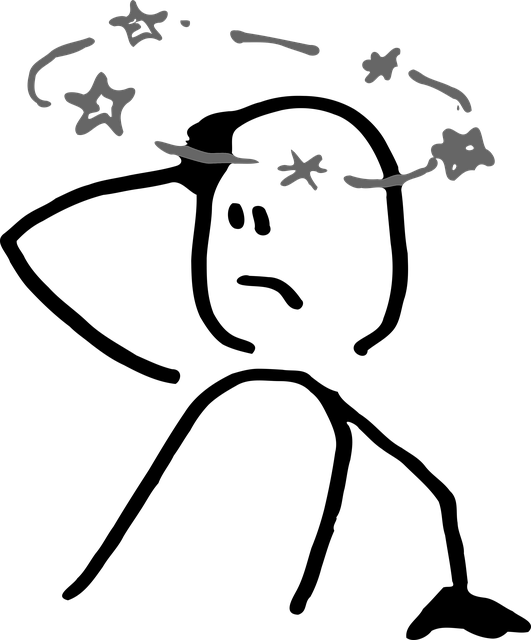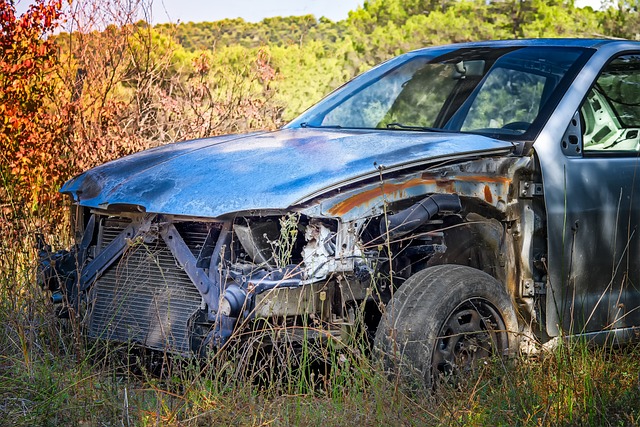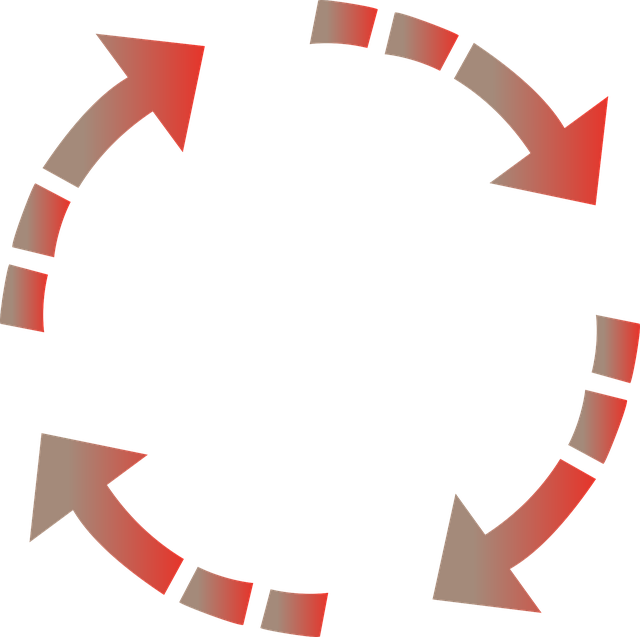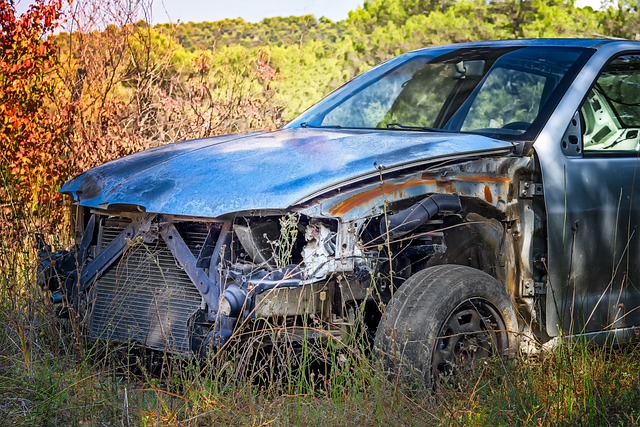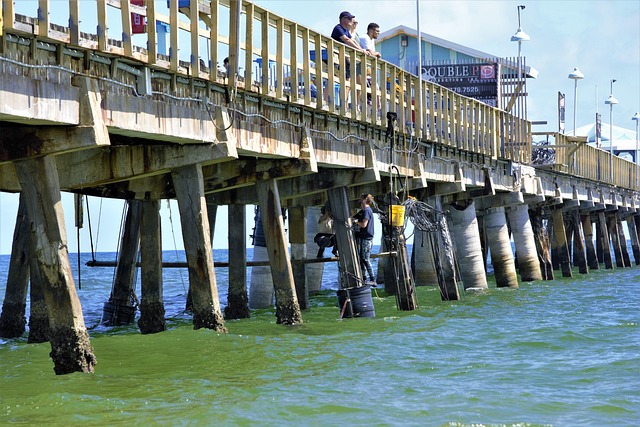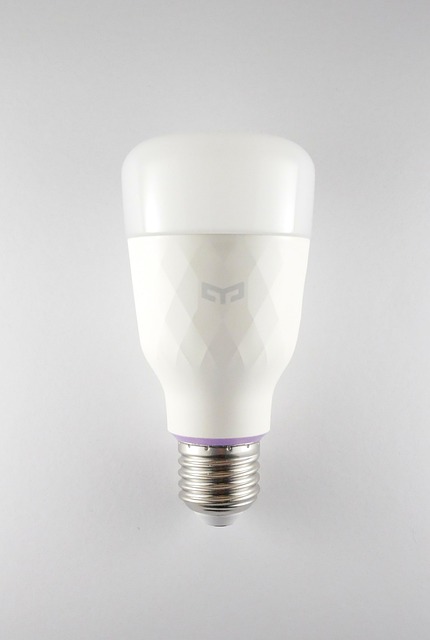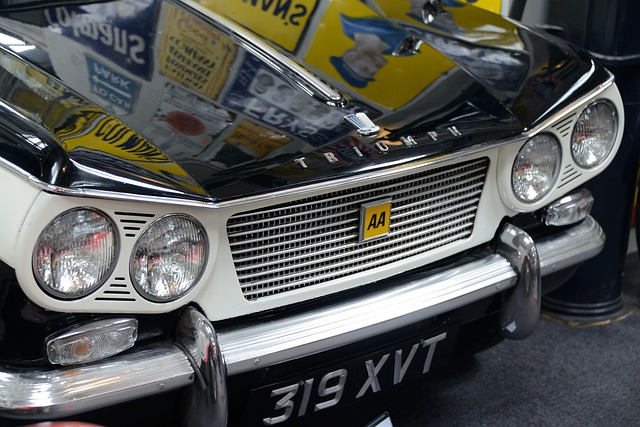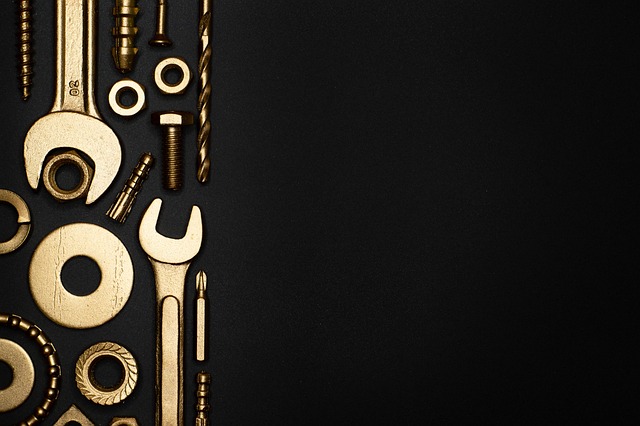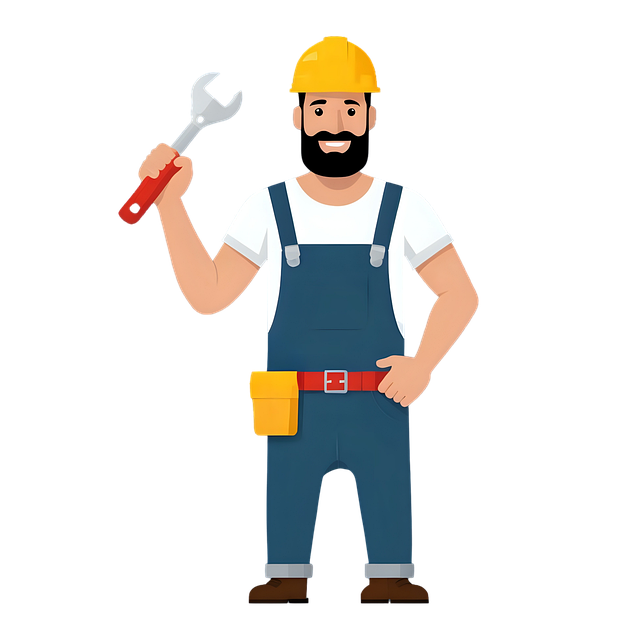In dashboard repair collision teams, open communication and active listening are essential for achieving exceptional results. This collaborative approach fosters trust, breaks down silos, and enhances problem-solving efficiency. Through constructive feedback, recognizing contributions, and clear knowledge sharing, team members align goals and navigate complex repairs seamlessly. Ultimately, this leads to superior dashboard repair outcomes, enhanced job satisfaction, and a positive reputation in the collision or auto body repair industry.
In the realm of dashboard repair within collision teams, collaboration is the crucial game-changer that enhances efficiency and customer satisfaction. This article explores the vital role of teamwork in a bustling automotive industry, where specialized skill sets and open communication are key. By fostering trust and implementing structured workflows, collision teams can navigate complex dashboard repairs with streamlined problem-solving methods, ensuring vibrant, high-quality outcomes. Discover how knowledge sharing and active listening contribute to a symphony of collaboration, revolutionizing the way we address dashboard repair challenges.
- Building Trust and Effective Communication
- – The role of open communication in fostering collaboration
- – Techniques for active listening and constructive feedback
Building Trust and Effective Communication
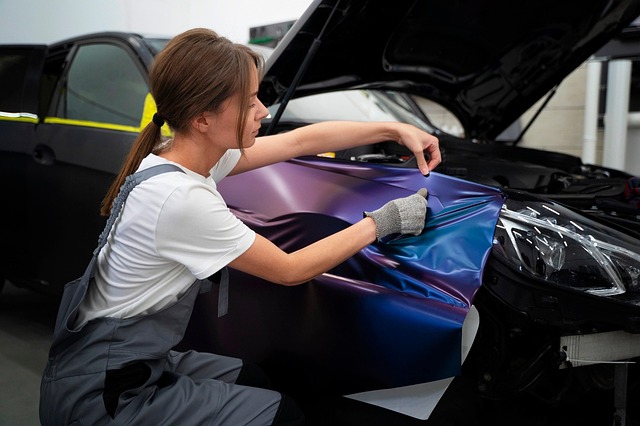
In any collaborative environment, especially within a dashboard repair collision team, building trust is paramount. Team members must feel comfortable sharing ideas, concerns, and updates openly. Effective communication fosters an atmosphere where everyone understands their role in the dashboard repair process and works cohesively towards common goals. When team members listen actively, provide constructive feedback, and acknowledge each other’s contributions, it strengthens the bond among them, leading to more efficient problem-solving.
Trust and open communication also enable better conflict resolution, ensuring that disagreements are addressed productively without hindering workflow in a collision repair shop or auto body repair center. This collaborative spirit enhances overall job satisfaction, encouraging professionals in these fields to work together seamlessly, resulting in superior dashboard repair outcomes for clients.
– The role of open communication in fostering collaboration

Open communication is a cornerstone of successful collaboration within dashboard repair collision teams. When team members feel comfortable expressing ideas, concerns, and updates freely, it fosters an environment where knowledge flows seamlessly. This, in turn, enables faster problem-solving, as each individual brings unique insights and expertise to the table. Effective communication breaks down silos, ensuring everyone works towards shared goals and a common understanding of the car bodywork repairs at hand.
Moreover, open dialogue enhances trust and builds stronger relationships among team members. By encouraging active listening and constructive feedback, teams can navigate complex vehicle dent repair scenarios more effectively. This collaborative approach not only streamlines auto body repair processes but also ensures high-quality outcomes, ultimately elevating the reputation of the dashboard repair collision services provided.
– Techniques for active listening and constructive feedback
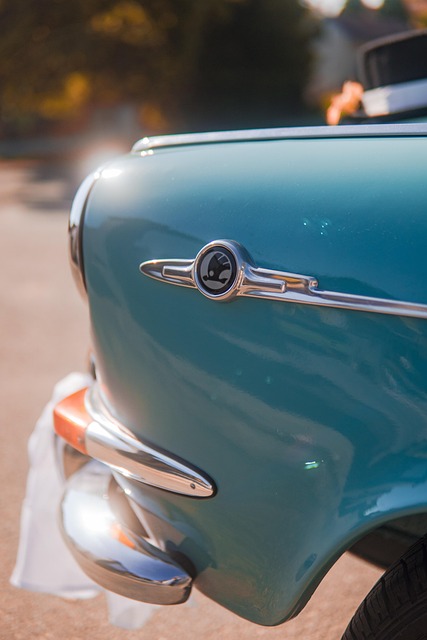
Effective communication is the cornerstone of successful collaboration within dashboard repair collision teams. Active listening is a vital skill that enables team members to fully comprehend each other’s perspectives and concerns. By focusing intently on the speaker, maintaining eye contact, and paraphrasing key points, team leaders can ensure everyone is on the same page. This inclusive approach fosters a culture of open dialogue where ideas are shared freely and constructive feedback is welcomed.
Constructive feedback plays a pivotal role in enhancing the team’s overall performance. It should be specific, timely, and focused on improving processes or addressing issues related to dashboard repair collision tasks. Encouraging a feedback culture allows for continuous learning and adaptation, ensuring that car repair services are delivered with precision and efficiency. Incorporating these techniques into daily operations can streamline workflows, ultimately leading to superior vehicle dent repair outcomes.
In the realm of dashboard repair collision teams, collaboration is the vibrant tapestry that weaves together efficient operations and exceptional customer service. Open communication serves as the crucible where trust is forged, fostering a supportive environment for technicians to share insights and learn from one another. Active listening and constructive feedback are game-changers, ensuring every team member feels valued and empowered to contribute. By embracing these principles, dashboard repair collision teams can revolutionize their approach, delivering swift and precise repairs that satisfy customers in today’s competitive market.
